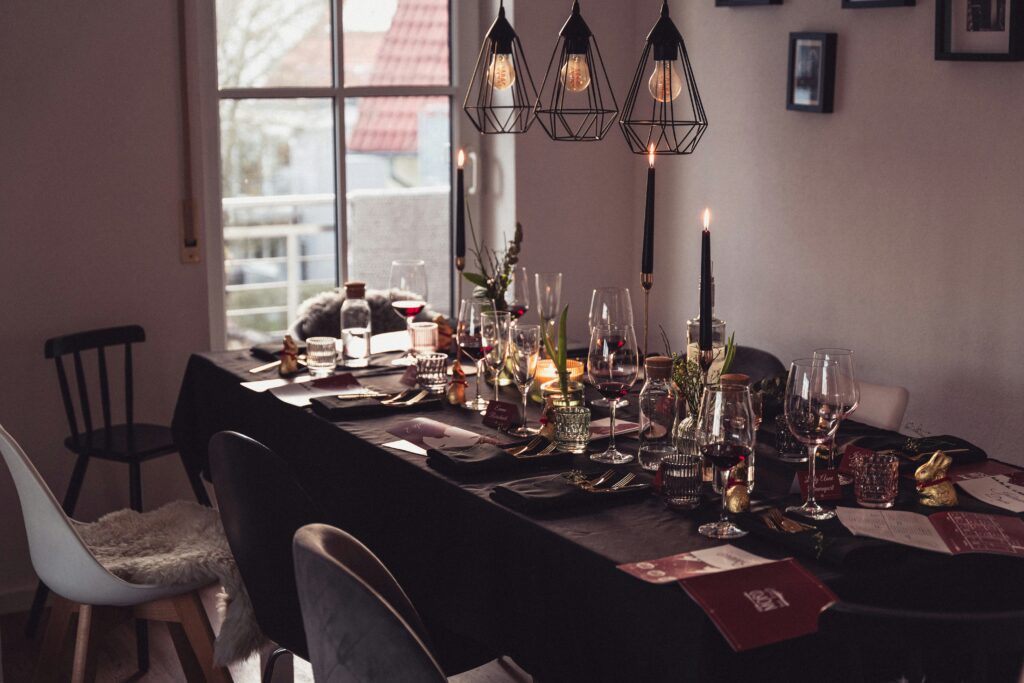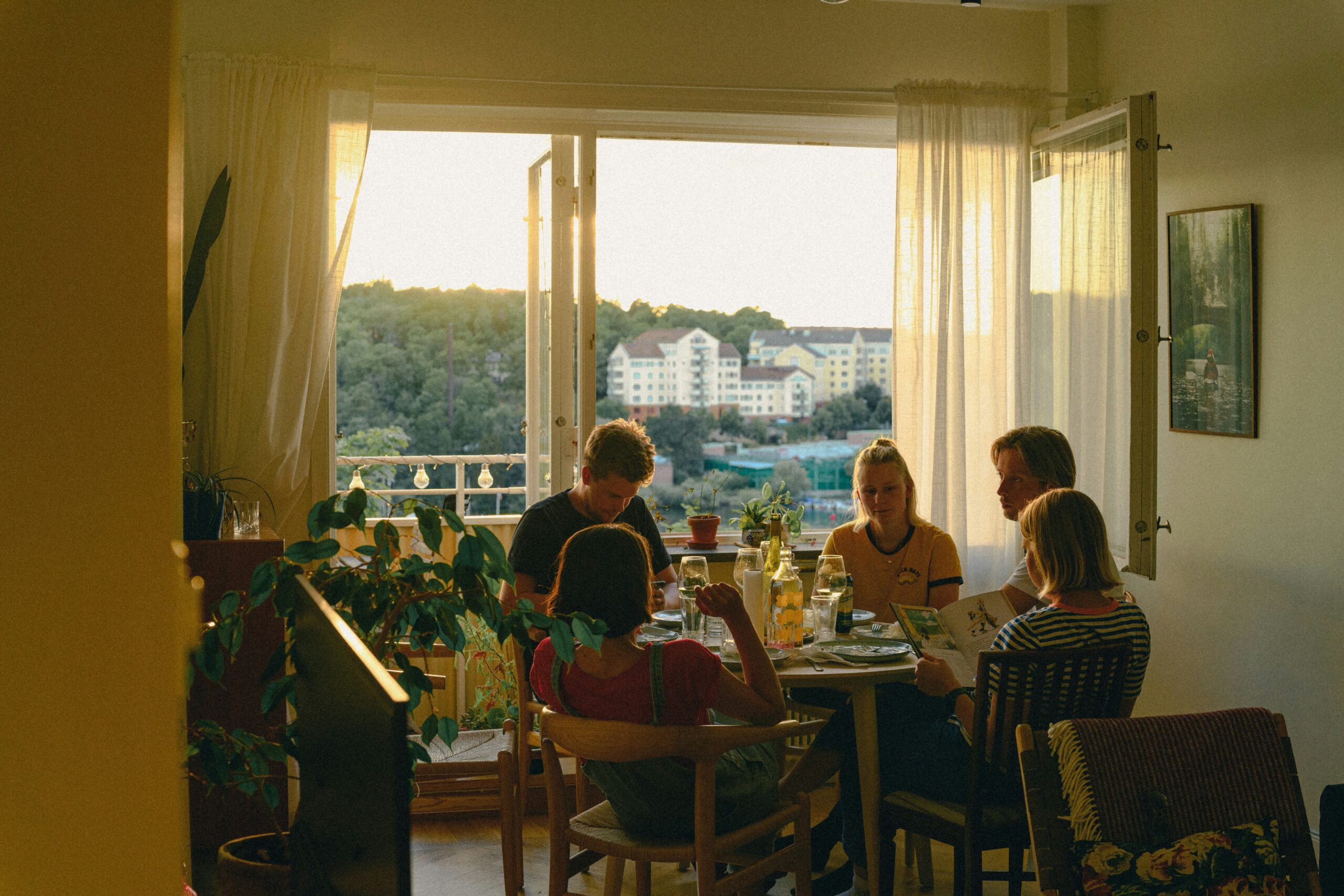The Art of Hosting: Seamlessly Entertaining Guests in Your Small Home
The joy of sharing your home with loved ones is one of life’s most rewarding experiences.
Whether it’s hosting a holiday dinner or accommodating overnight visitors, opening your doors fosters connection and creates lasting memories.
However, if you live in a small apartment, condo, or cozy starter home, the prospect of entertaining can quickly shift from exciting to daunting. You might worry about where everyone will sit, sleep, or even store their coats.
The good news?
Hospitality is measured not by square footage, but by warmth and clever preparation.
Successful hosting in a compact space is an art form rooted in strategic planning, multipurpose furniture, and mindful communication. It’s about maximizing every inch while ensuring your guests feel like welcome, valued extensions of your routine.
This comprehensive guide will transform the way you think about hosting, proving that even the coziest home can handle a crowd with grace and efficiency. We’ll show you how to master the logistics, from sleeping arrangements to meal prep, allowing you to focus on what truly matters: embracing the spirit of family living and creating joyful moments together.
Strategic Pre-Planning for Stress-Free Family Living
Before your guests arrive, a focused approach to decluttering and spatial arrangement can save you immense stress and instantly make your home feel twice as large. A successful hosting experience in a small space starts weeks before the doorbell rings.
Maximizing Space Through Ruthless Decluttering
The first rule of small-space hosting is to minimize clutter. Clutter not only makes a small space look smaller but also eliminates valuable surface area needed for food, drinks, and personal belongings.
- The 50% rule: Temporarily remove at least 50% of the decorative items from key surfaces (coffee table, kitchen counter, entryway table). Store them neatly in a closet or under the bed.
- Clear the traffic lanes: Ensure clear pathways through all common areas (living room, hallway, kitchen). Temporarily relocate floor lamps, large planters, or extraneous storage bins that impede flow.
- Open up vertically: Use vertical storage to get items off the floor. Wall-mounted shelves or hooks free up floor space instantly.
Smart Sleeping Solutions for Overnight Guests
Overnight guests often pose the biggest spatial challenge. Thinking beyond the traditional guest room is key to comfortable family living in a small home.
- Invest in multipurpose furniture: A high-quality sleeper sofa, a wall bed (Murphy bed), or a futon that looks stylish when folded is a worthwhile investment.
- The elevated air mattress: If space is tight, modern, self-inflating air mattresses with elevated frames offer near-bed comfort and are easy to store away after use.
- Creative zoned sleeping: Use screens, tall bookcases, or decorative curtains to create a visual and acoustic separation for a sleeping area in an office or corner of a living room.
- Clear the closet: Ensure the guest sleeping area has an empty drawer or clear shelf space for their clothes. Nothing is less welcoming than having nowhere to put your suitcase.

Making Guests Feel at Home: Small-Space Hospitality Hacks
Hospitality in a small space requires mindful attention to your guest’s individual needs. By anticipating their requirements, you help them feel comfortable and independent.
Creating a Self-Serve Guest Nook
In a small home, you can’t be everywhere at once. A self-serve station reduces the number of times guests need to ask for help and minimizes traffic through your kitchen.
- The coffee station: Set up a small corner of your kitchen counter or a rolling cart with a coffee maker, mugs, creamer, sugar, and tea bags.
- Water and snacks: Place a carafe of water and a couple of glasses on the nightstand or a small side table in the guest’s area. Offer a small basket of non-perishable snacks (granola bars, dried fruit).
- The WiFi sign: Display a simple, attractively framed card with your WiFi network name and password in the guest’s space or in a common area.

Bathroom Logistics and Privacy
A shared, small bathroom can be a pinch point. Clear communication and organization are essential for harmonious family living with visitors.
- Caddy system: Provide a dedicated, attractive basket or caddy for your guests to keep their toiletries. They can easily carry it in and out of the bathroom, reducing counter clutter.
- Extra towels and toiletries: Place a fresh set of towels on the guest bed. Ensure there is plenty of toilet paper and easy access to a plunger (just in case!).
- Scent control: Use an attractive reed diffuser or a small bottle of natural room spray to keep the bathroom fresh without overpowering the small space.
Hosting Meals and Gatherings: Mastering the Compact Layout
Entertaining a crowd for a meal requires creativity, especially when you don’t have a large, formal dining room. Focus on movement and flexibility.
Flexible Dining for Enhanced Family Living
Abandon the need for a single, large dining table. Embrace multiple surfaces and casual seating arrangements.
- Extendable or drop-leaf tables: These pieces are lifesavers. They can function as a console table or desk daily and expand to seat four to six people when needed.
- Seating strategy: Utilize versatile seating, like dining chairs in the living room for overflow seating, and bring in poufs, large floor cushions, or folding stools that can be stashed away.
- Buffet-style serving: Instead of passing platters at a crowded table, set up a buffet on the kitchen counter or a sideboard. This allows people to stand, mingle, and serve themselves, naturally dispersing the crowd.

Kitchen Prep Hacks for Small Spaces
Pre-planning your menu around your small kitchen’s limitations is a must.
- Oven-centric meals: Plan meals that can be mostly cooked in the oven or slow cooker. This frees up limited stovetop and counter space.
- Utilize vertical space: Use tiered serving platters and cake stands to serve snacks and appetizers. This saves horizontal counter space instantly.
- Designated dirty dish zone: Keep a large plastic tub or empty sink ready with hot, soapy water. Encourage guests to stack dishes directly there to minimize visible clutter and maximize eating surface area.
Leveraging Outdoor Space for Extended Family Living
If you have any outdoor area—a balcony, patio, or small deck—treat it as an extension of your indoor family living space, especially in nice weather.
- The overflow zone: Outdoor spaces are perfect for cocktails, appetizers, or as a quiet retreat for guests. String lights and comfortable cushions instantly make a balcony feel cozy and inviting.
- Barbecue bonus: Grilling outdoors keeps heat and cooking smells out of your small kitchen and minimizes cleanup inside.
- Seasonal adaptations: For cold weather, utilize heat lamps, throw blankets, and even a portable fire pit to make the patio a viable secondary socializing spot.
Hosting Is about Hospitality, Not Size
Hosting in a small home is less about the size of your rooms and more about the generosity of your spirit.
By employing strategic organization, investing in flexible furniture, and adopting a few smart logistical hacks, you can seamlessly welcome guests without feeling overwhelmed.
Your preparation allows you to move beyond the logistics and focus on the connection, conversation, and memories you are creating.
Remember, your guests are there to spend time with you, not to critique your floor plan.
The effort you put into making your space functional will be repaid tenfold in the joy of truly relaxed and authentic family living.
For more tips on how you can make your space more welcoming for guests, check this out.







